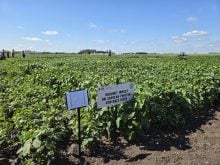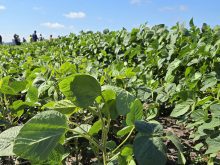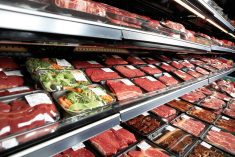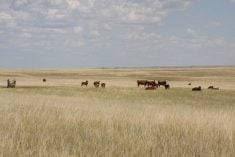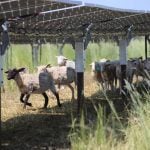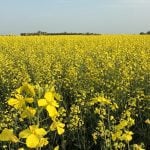Farm cash receipts plunged more than 12 percent during the 2010 first quarter, Statistics Canada reported last week.At the same time, Agriculture Canada faced complaints that it is sugar coating the real financial state of the industry as it launches consultations into future policies.Statistics Canada last week reported that in the first three months of the year, receipts from sales of crops fell more than 17 percent as prices fell.At the same time, the beleaguered livestock industry saw prices, sales and exports fall to produce a receipts decline of 4.4 percent, including an 11.5 percent drop in Saskatchewan. Industry analysts said the livestock receipts decline was a clear result of country-of-origin-labelling rules in the United States.Meanwhile, government program payments fell by 18 percent during the first quarter to about $700 million.The poor first quarter results follow a Statistics Canada report that showed 2009 realized net farm income (receipts minus expenses and depreciation) fell marginally to $3.6 billion based on national market sales of $42.6 billion.However, without $3.3 billion in program payments, realized net farm income from the market was $300 million.“It depends how you look at the numbers but clearly the farm economy, particularly on the Prairies, has some issues,” University of Saskatchewan agricultural economist Richard Gray said May 31. “There are still some crops you can plan that will pay the bills but not as many as there were a couple of years ago. There is not a lot of cash lying around in farms these days.”But he noted, as the Statistics Canada report did, that operating expenses last year fell by $2 billion, more than five percent. It was the first time in years that expenses declined.Meanwhile, Agriculture Canada held a closed-door consultation with farm and agribusiness representatives last week to begin discussing the policy environment needed to make agriculture sustainable in 2020.Immediately, some representatives at the meeting challenged Agriculture Canada’s background documents that argued the overall farm bottom line is strengthening and the weak link is smaller farms.“Real net operating income per farm has been increasing over the past two decades, reaching $45,500 in 2008,” said a departmental report on the industry distributed to meeting participants as background. “This is 78 percent above the income reported in 1990.”National Farmers Union women’s president Joan Brady said that the government “spin” does not reflect the reality that without government payments, farmers would have had no income from the market over several decades.“Their premise is that farmers are not poor,” she said. “That is debatable.”Richard Phillips, executive director of Grain Growers of Canada, said his main pitch was for more public investment in research but he said many industry representatives in the room challenged the department’s financial assumptions.“Other people there clearly were concerned about the calculations and the department’s numbers and assumptions,” he said.Michael Silverman at Agriculture Canada, said the consultation is aimed in part at getting industry advice on what should replace the Growing Forward policy framework.
Read Also
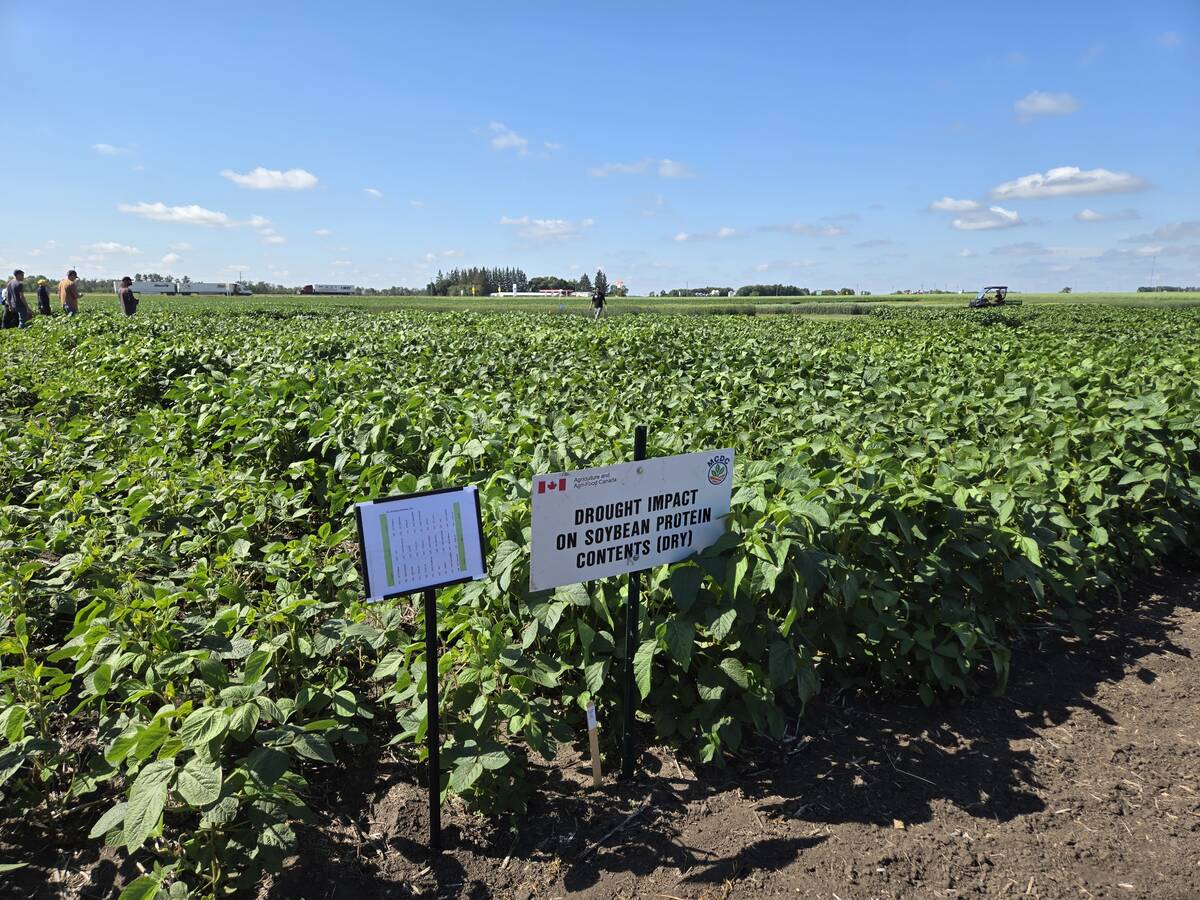
Carberry field day looks for agriculture solutions
Manitoba farmers explored research solutions for resilient crops, perpetual agronomic issues and new kinds of agricultural products at a field day at the Manitoba Crop Diversification Centre in Carberry on Aug. 6.


